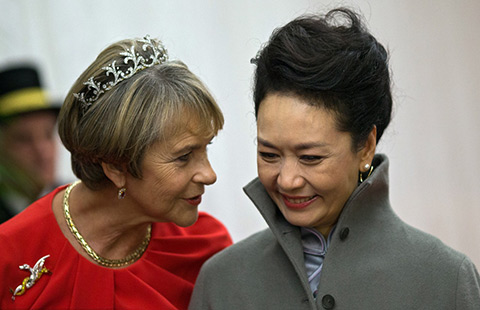Commodity prices show no sign of growth
(cntv.cn) Updated: 2012-11-14 09:22One factor contributing to a drop in producer prices is the weakness and fall of their input prices. Two months ago it seemed like commodity prices in China ended their eight-month slump and showed signs of bottoming out. But now we're more than a week into November, and commodity prices are still muddling along on the low end. Once again confusing markets, investors and end users on where prices may go from here.
The latest reading of China's only domestic coal price measure, the Bohai-Rim Steam-Coal Price Index shows that the price of steam-coal stood at 643 yuan ($103) per ton. That's a slight uptick of 17 yuan from its lowest point, but still dropping by a quarter versus the same time last year. China's north has witnessed an early start to the chills of winter, but China's power plants, which use steam-coal to generate power, have yet to see coal demand picking up.
"The latest figures indicate coal inventories in China's main power plants reached 90 million tons, that's 3.4 million ton more compared with inventory levels in late September. So, comparatively, coal demand remains rather low," An Zhiyuan, an analyst with the Qinghuangdao Seaborne Coal Exchange, said.
With regards to steel prices, Lecong Steel Market is the largest of its kind in China. In October, steel prices in the market jumped 4 to 5 hundred yuan each ton from their recent lows. But, more than a week into November, steel prices in Lecong Steel Market showed no major changes while sales volume actually dipped.
Since September, prices of steel and coal perked up slightly. Analysts say, that's mainly due to some factories' cutting back capacities after losses in August, which led to a substantial decline in output and inventory. However, as the commodity market swung back in September, and factories resumed their production, overcapacity is just around the corner.
- Anonymous bidder pays $3.46m for Warren Buffett lunch
- Sinobioway taps into US biotechnology industry
- Nubia launches new phablet, eyes niche market in China
- China opens Horgos railway port in Xinjiang
- Swire Group bets on China growth
- Brand logo for China-Europe container trains put into use
- China establishes fund to invest in advanced manufacturing
- High-end lifestyle goes mobile


















